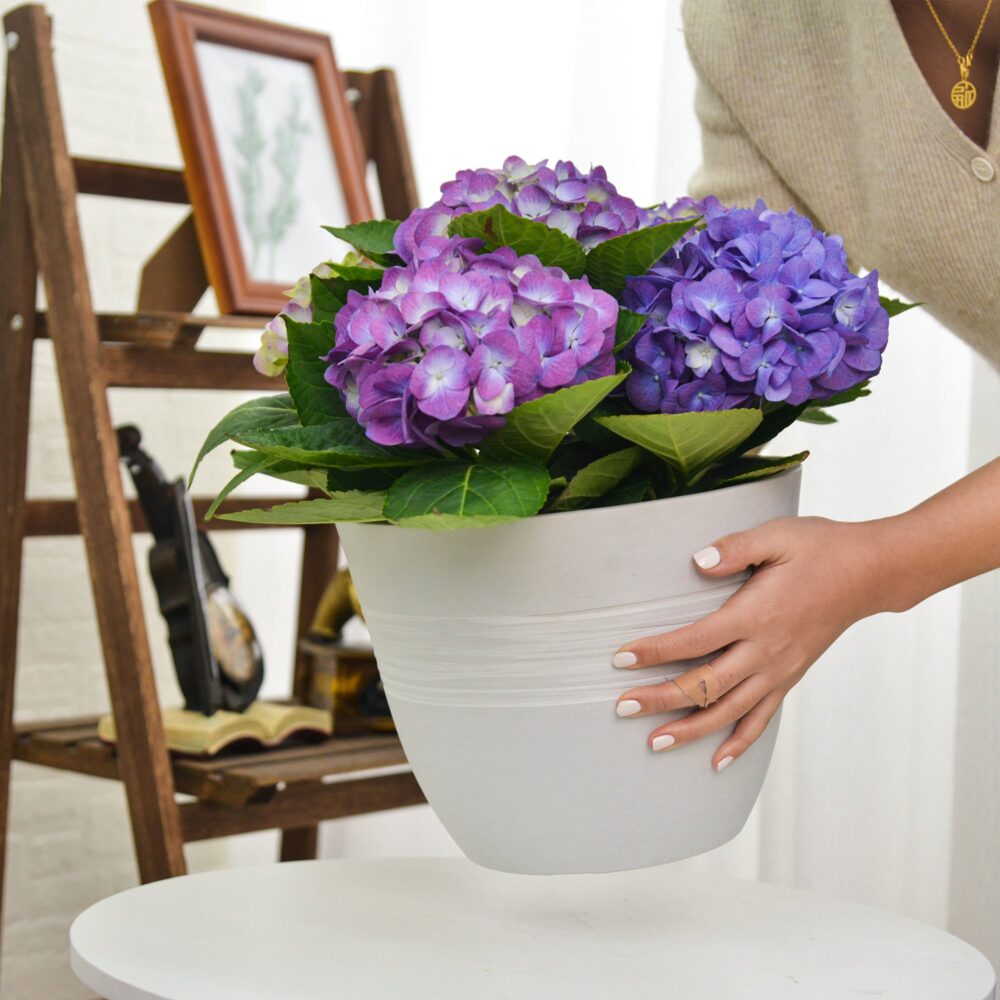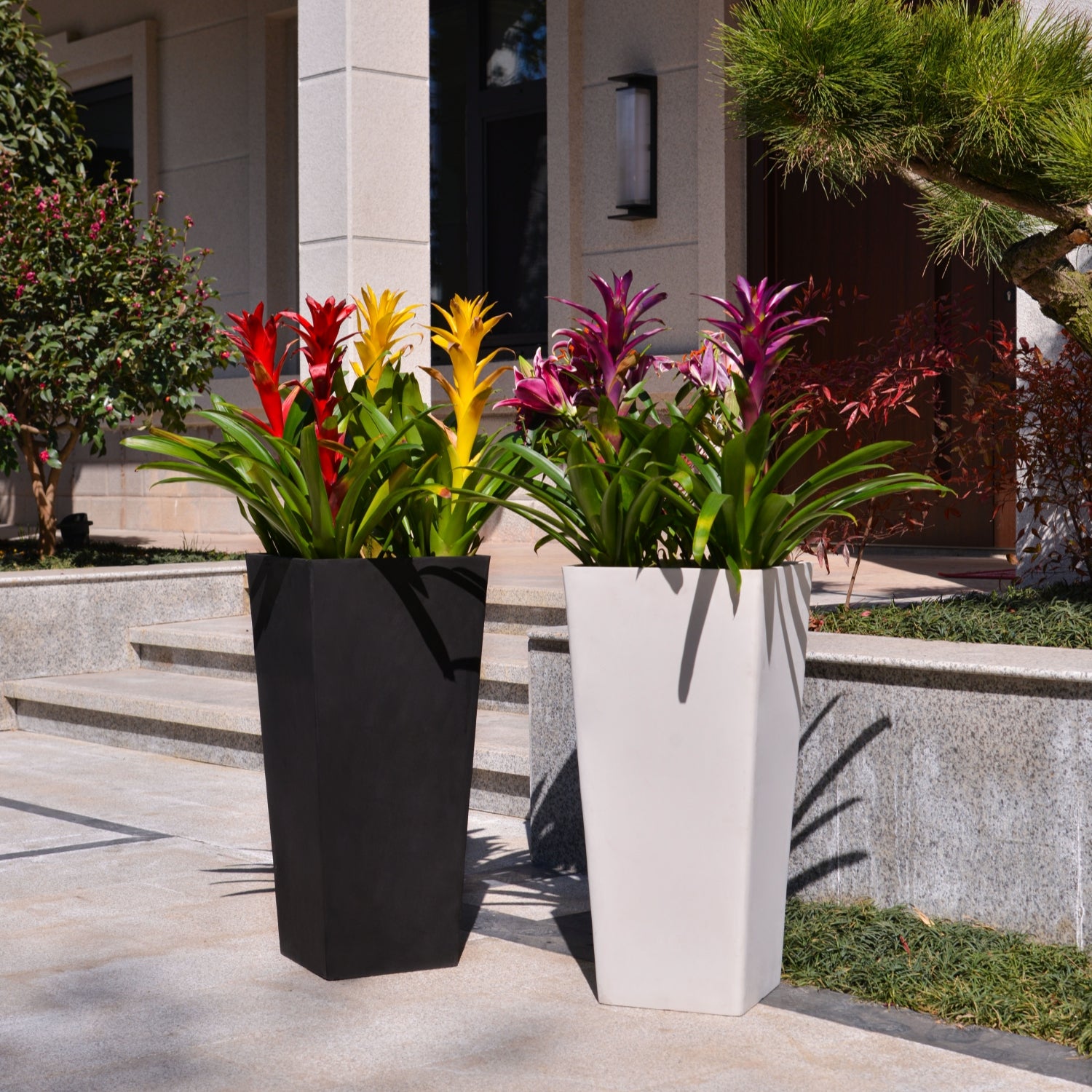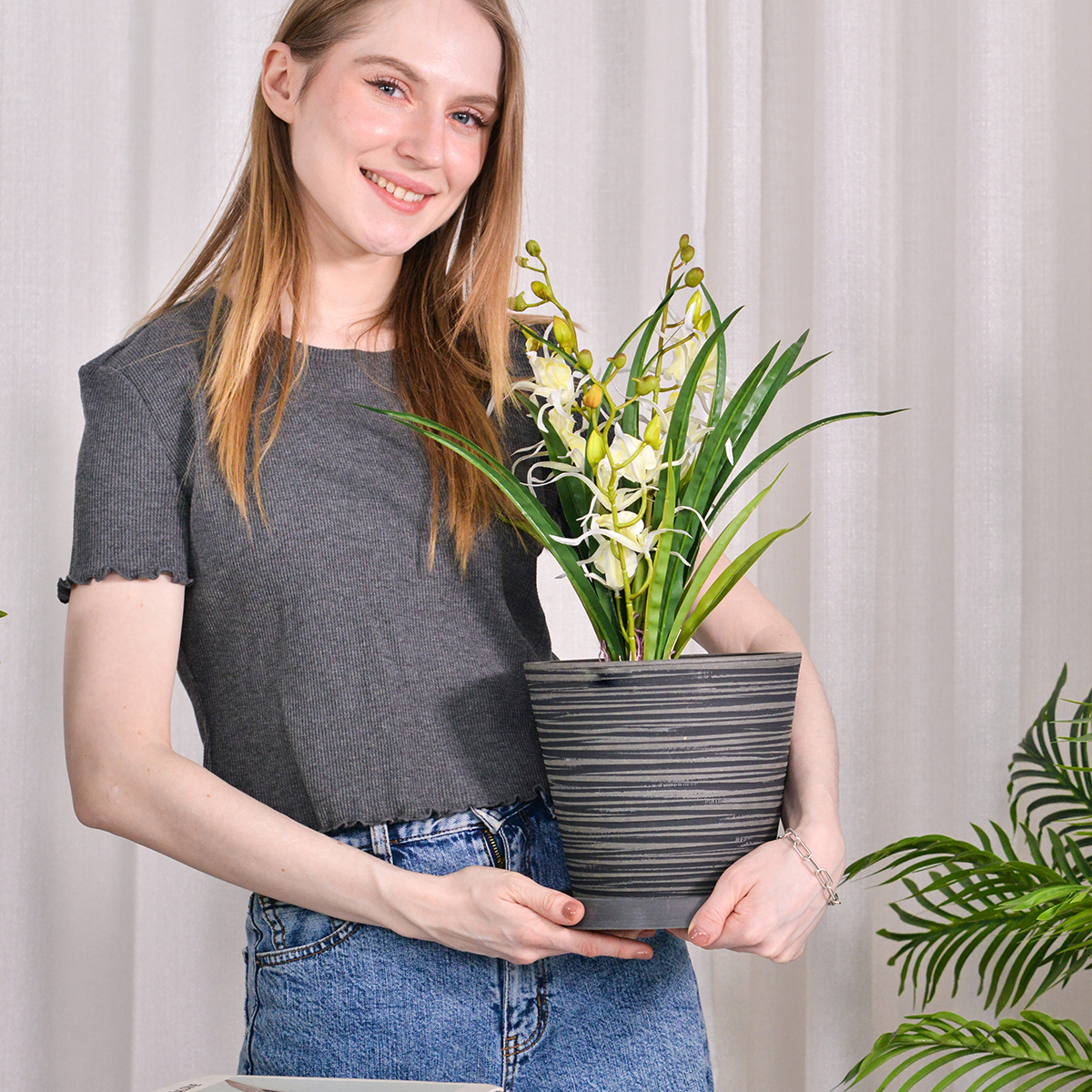How Do I Protect Plants in a Planter Box During Cold Winter Months? Ensuring Your Greenery Survives the Chill
Winter can be a challenging time for gardeners, especially those who rely on the convenience and beauty of planter boxes. While in-ground plants benefit from the insulating properties of the earth, plants in containers are more exposed to harsh winter conditions like freezing temperatures, frost, snow, and wind. Fortunately, with a few proactive steps, you can significantly increase the chances of your planter box plants surviving the cold winter months and thriving again in the spring.

Understanding the Challenges of Winter for Container Plants:
- Frozen Roots: Roots in containers are more susceptible to freezing because they are exposed to the cold air on all sides. Frozen roots can’t absorb water and nutrients, leading to plant death.
- Rapid Temperature Fluctuations: Container temperatures can fluctuate wildly, especially on sunny winter days followed by freezing nights, stressing plants.
- Desiccation (Drying Out): Winter winds can dry out plants, even when the ground is frozen, as the roots can’t replenish the lost moisture.
- Freeze-Thaw Cycles: Repeated freezing and thawing of the soil can damage roots.
Key Strategies to Protect Your Planter Box Plants:
Choose Cold-Hardy Plants: The easiest way to ensure winter survival is to select plants that are naturally hardy in your USDA Plant Hardiness Zone. These plants are adapted to withstand the average minimum winter temperatures in your region. Research cold-hardy varieties of perennials, shrubs, and even some vegetables that can overwinter in containers.
Move Your Planter Boxes to a Sheltered Location: If your plants aren’t extremely cold-hardy, or if you want to provide extra protection, relocate your planter boxes to a more sheltered spot. Consider these options:
- Against a South-Facing Wall: This location offers some protection from wind and can absorb and radiate heat from the sun during the day.
- Under an Overhang or Eave: This can shield plants from direct snowfall and excessive rain.
- Unheated Garage or Shed: A cool, dark space can provide excellent protection from the harshest elements. Ensure the space doesn’t get too warm, which could encourage premature growth.
- Cold Frame: A simple cold frame can provide a mini-greenhouse effect, offering significant protection from wind and cold.
Insulate the Planter Box: Adding insulation around the planter box can help protect the roots from freezing.
- Bubble Wrap: Wrap the outside of the planter with several layers of bubble wrap and secure it with tape.
- Burlap: Wrap the planter with burlap for a more natural look. You can also stuff the inside of the burlap with leaves or straw for extra insulation.
- Old Blankets or Cardboard: These can also be wrapped around the planter to provide insulation.
- Consider Double Potting: Place the entire planter box inside a larger container and fill the space between the two with insulating material like leaves, straw, or shredded newspaper.
Mulch the Soil Surface: Applying a layer of mulch around the base of your plants in the planter box can help insulate the soil and retain moisture. Use materials like shredded leaves, straw, wood chips, or pine needles.
Protect from Winter Winds: Harsh winter winds can dehydrate plants. If you can’t move your planter to a completely sheltered location, consider creating a temporary windbreak using burlap stretched between stakes or by placing the planter behind larger, more established shrubs or structures.
Water Appropriately: While plants need less water in the winter when they are dormant, they still need some moisture, especially evergreens. Water sparingly on mild, above-freezing days, ensuring the soil doesn’t become waterlogged. Avoid watering when the ground is frozen or when freezing temperatures are expected.
Cover Plants During Severe Weather: For particularly harsh cold snaps or heavy snowfall, you can temporarily cover your plants with a breathable fabric like a frost cloth or an old blanket. Remove the cover when the weather improves to allow for air circulation and sunlight. Avoid using plastic sheeting directly on plants for extended periods, as it can trap moisture and lead to fungal diseases.

A Note on Dormancy:
Many perennial plants go dormant during the winter. This is a natural process, and you might see the foliage die back. Don’t be alarmed; the plant is likely still alive beneath the soil surface. Continue to provide basic protection and avoid the urge to overwater.
By taking these steps, you can significantly increase the chances of your beloved plants in planter boxes surviving the cold winter months and returning with renewed vigor in the spring, bringing beauty and life back to your outdoor spaces.
Planter for Indoor Outdoor Plants, Set of 2 Modern Decorative Plant Pots with Drainage Hole, Decorative Flower Pots
By greenship-seo|2025-01-14T12:26:44+00:00January 14, 2025|Categories: Hand-carving Series|Tags: Decorative Flower Pots|
GreenShip 27inch Tall Planters for Porch, Large Outdoor Planter Pots with Drainage Hole
By greenship-seo|2025-04-10T06:27:21+00:00April 7, 2025|Categories: Hand-carving Series|Tags: Decorative Flower Pots|
20T
By greenship|2024-08-13T06:42:22+00:00August 13, 2024|Categories: Hand-carving Series|
Modern Plant Pots with Drainage – Indoor & Outdoor Use (6″ Widths)
By greenship-seo|2025-04-10T06:29:43+00:00February 6, 2025|Categories: Hand-carving Series|Tags: Decorative Flower Pots|
K2-11T
By greenship|2024-08-13T04:21:25+00:00August 13, 2024|Categories: Hand-carving Series|
k2-21G
By greenship|2024-08-13T06:17:26+00:00August 13, 2024|Categories: Hand-carving Series|






